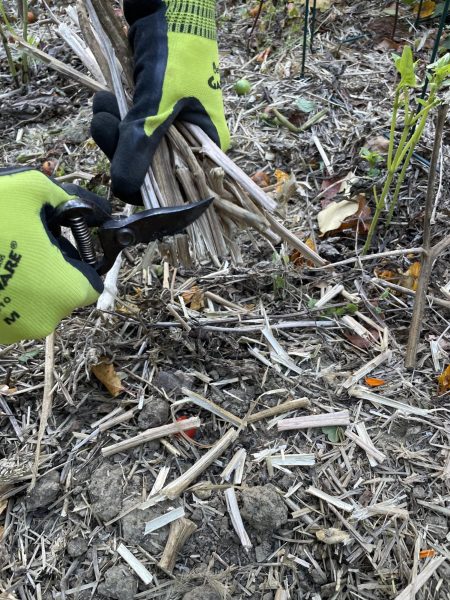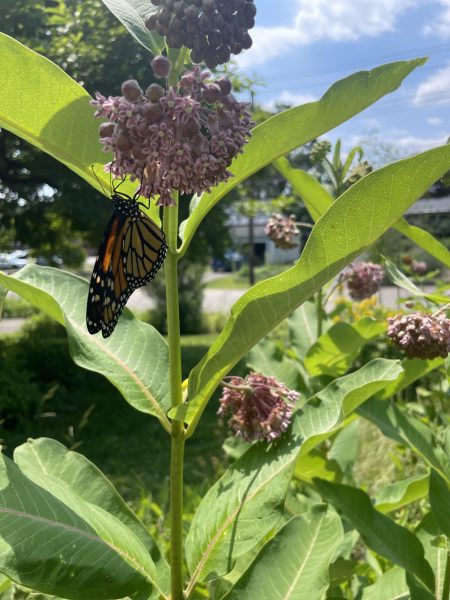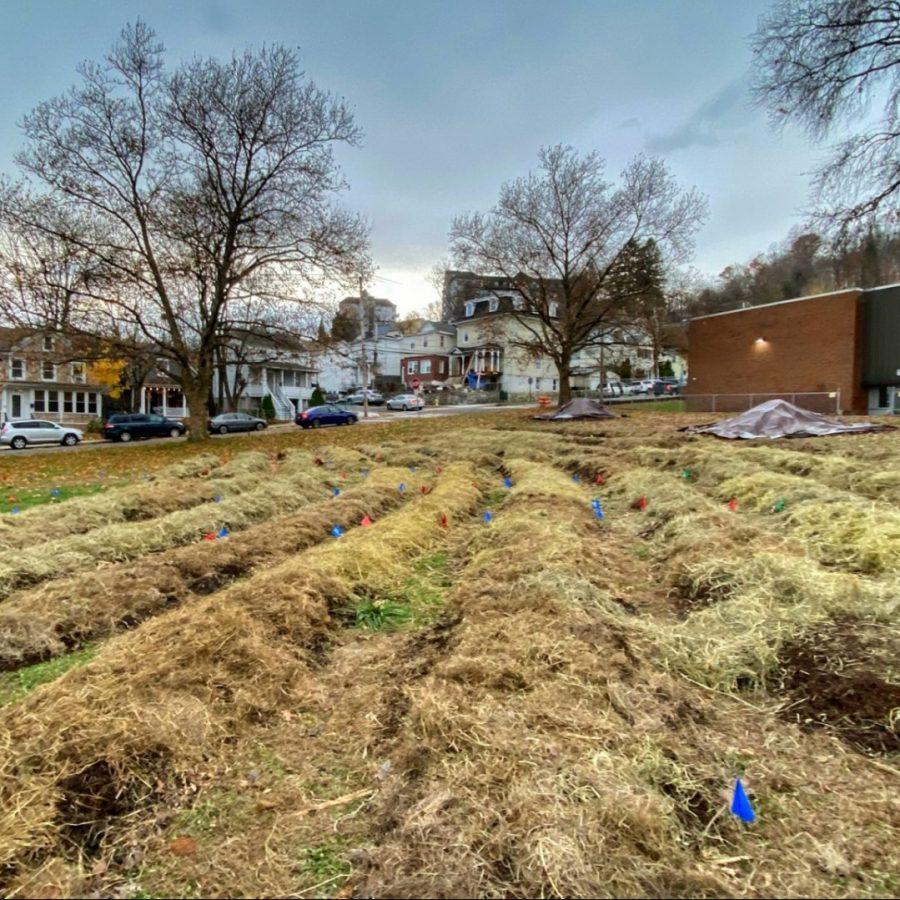Fall is a great time to give back to your yard and garden. Using native landscaping techniques to prepare for the winter, you can save time, money, and foster a friendly habitat for countless species. These methods honor the way the land thrived long before the invention of a backyard while creating havens for human (and non-human!) enjoyment.
The soil in your vegetable gardens has given the most, so it will need the most replenishment. Prepare your beds for a good rest by cutting spent plants at root-level rather than pulling out established root systems. The microbial networks in your soil will benefit from as little disturbance as possible, and the decomposing roots of your vegetables will feed future plants next year. Put the rest of the plant to good use by composting it in your local bin, being careful to set aside any diseased matter for the trash to avoid future contamination. You can also use the “chop and drop” method of snipping what you’ve weeded into 2-3” pieces and leaving it directly in the bed. Chop and drop saves you time, as you can weed and nourish your garden simultaneously. And it has the added benefit of sometimes resulting in “volunteers”, seedlings that appear without having been specifically planted, so you get vegetables even earlier!

Next, top-dress your beds with a good quality, organic compost, applying at least an inch thick to compensate for what your garden used during the warm months. Water your bed well and then grab a rake for the cheapest and easiest way to nurture your soil: leaves!
A word: generally speaking, it’s advisable to “leave the leaves.” They provide habitat for beneficial insects (no lightning bug grubs means no lightning bugs) and build your lawn soil. While fewer insects might not seem like a problem from a human perspective, animals like songbirds thrive best when surrounded by a range of moth species, whose caterpillar young provide the most nutritious food. If you worry about leaves smothering your grass over the winter, one option is to run a mower on the mulch setting over them and let them decompose in place – this worked well in my garden!

Leaf mulch can also provide an excellent insulating layer to tuck your garden in. Apply it over compost, and water well once again to keep them in place and start the decomposition process that will build your soil as your garden sleeps.
Give to your yard and garden and it’ll keep on giving you–and many other species–a vibrant place to live and grow!
To Do List for Human Yards and Gardens (in Preparation for Winter)
– By the Birds, Insects, Amphibians, and Other Beneficiaries
- Take stock of the highs and lows of your garden this year. Who did you share your bounty with? Thanks, by the way!
- Speaking of leftovers, chop and drop the rest of your garden. That’s right–you can leave it right on the ground, albeit snipped into bite-size pieces–and it’ll nourish next year’s plants. And, we’ll all benefit from any “volunteers” – win-win!
- Compost. Compost. COMPOST!
- Plant garlic. Or actually, don’t–we hate the stuff and will mostly leave it alone. Then, harvest it next June and find you have enough for the rest of the year.
- Leave the leaves.
- Love your rake.
- Use the leaves.
- Leave seedheads. Do you like to feed birds in the winter? You can save money on bird seed AND and remove pollution simply by leaving seedheads, especially of native plants.
- Remember: We’re here too.
Lucy Smith is a mother, educator and gardener specializing in native landscapes. Born in the Berkshires but a proud Peekskill transplant by way of New York City, she holds degrees in English Education and School Counseling and these days turns her attention to her own two small children and the removal of invasive species.


















